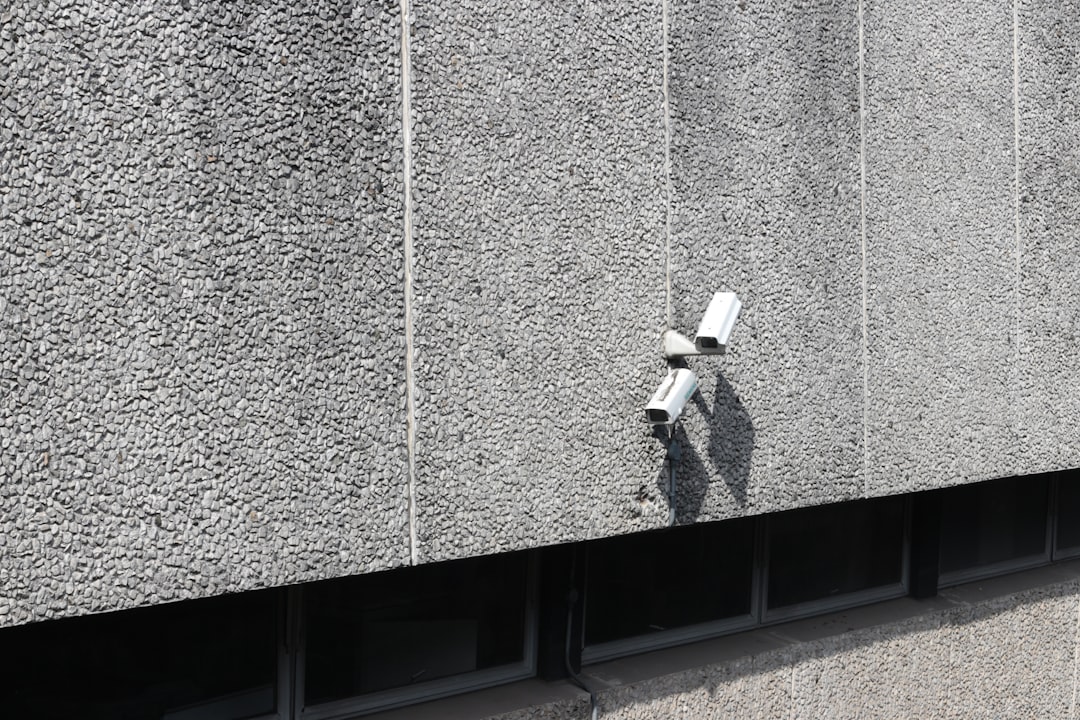Stasi 2.0: The Chilling Secret Police Tactics Hiding In Your Smartphone

They Watched Everyone. Now Their Ghost Lives In Your Pocket.
BERLIN – In the heart of the former capital of espionage, a chilling legacy lingers. The Ministry for State Security, better known as the Stasi, was the iron fist of East Germany. For forty years, they perfected the art of surveillance, creating one of the most repressive and all-seeing police states in history. They relied on thousands of agents, countless informants, and mountains of paper files to monitor their own citizens. When their reign ended, the world thought that level of invasive control was a thing of the past.
They were wrong. The ghost of the Stasi is back, and it’s been supercharged by the one thing you can't live without: your technology.
Surveillance Sold as 'Care'
The old playbook of control has been given a terrifying 21st-century upgrade. Modern surveillance doesn't always come with the threat of a secret police kicking down your door. Instead, it arrives disguised as a helping hand. As Professor Hannah Zeavin points out, today's monitoring is often framed as an act of “care.”
Think about it. We are sold tracking apps to keep our children “safe,” wellness programs to monitor our health for our own “good,” and smart city grids for our collective “security.” This is the genius of the new model: surveillance is no longer just a political choice forced upon a population; it’s a consumer product we willingly buy into. We trade our privacy for convenience and security, accepting a level of monitoring that would have made a Stasi officer blush.
The Digital Panopticon
The Stasi’s methods wereアナログ and labor-intensive. Today, the principles are the same, but the execution is digital, automated, and infinitely more scalable. Where the Stasi needed a network of human spies to listen in on conversations, algorithms now scan billions of messages in a split second. Where they needed agents to tail a person of interest, location data from our phones provides a minute-by-minute record of our every move.
The tactics that once defined the German Democratic Republic have not disappeared; they have simply been digitized. The fundamental goal—monitoring and control—remains unchanged. The difference is that the new system is more efficient, more pervasive, and, most disturbingly, one we have invited into our own homes. The walls of the police state have been torn down, only to be rebuilt inside our screens.



